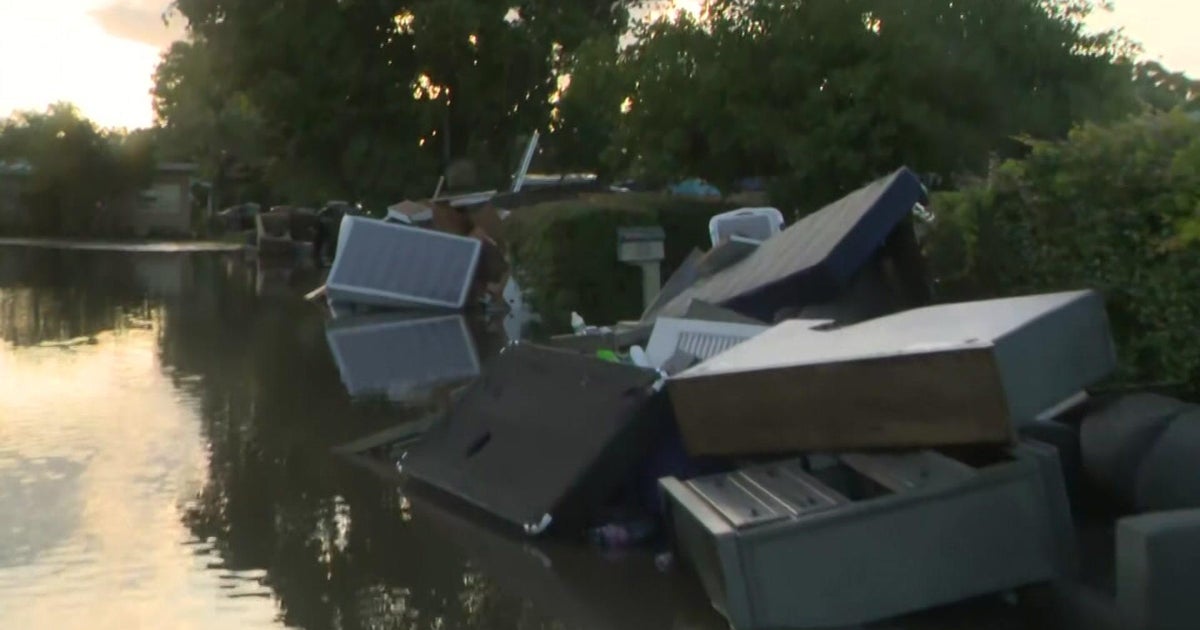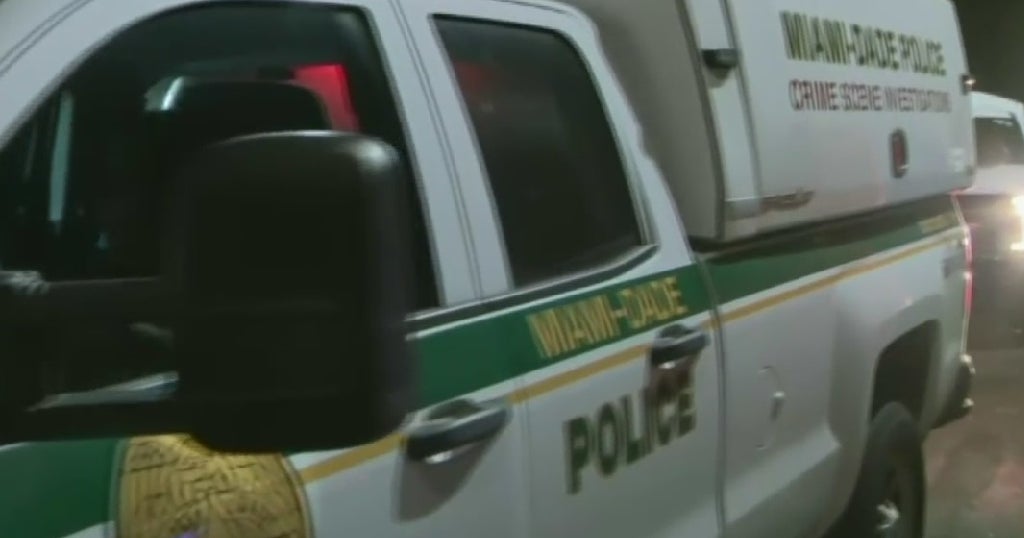Space Station Astronauts Take Shelter From Space Junk
Follow CBSMIAMI.COM: Facebook | Twitter
CAPE CANAVERAL, Fla. (CBSMiami/AP) — Astronauts at the International Space Station were forced to seek emergency shelter from a piece of space junk on Thursday.
For nearly an hour, the American and two Russians hunkered down in their Soyuz capsule, which is docked to the International Space Station, in case they had to make a quick getaway. The fragment from an old Russian weather satellite ended up passing harmlessly, about 1½ miles away.
"Happy there was no impact," NASA astronaut Scott Kelly said via Twitter. "Great coordination with international ground teams. Excellent training."
It's only the fourth time in the 16-year history of the space station that a crew has had to rush into a Russian Soyuz for protection from potentially dangerous debris. The exact size of the object was unknown, according to a NASA spokesman.
Normally, NASA learns about incoming junk sooner, and the space station moves out of the way. But there wasn't time for that Thursday; the crew was notified just 1½ hours in advance.
The three men were already up and working when Mission Control ordered them into the Soyuz on Thursday morning. They did not need to put on their Soyuz flight suits, and there was no rush, said NASA spokesman Dan Huot.
The all-clear came 1½ hours after the initial alert, around 8 a.m. EDT. It took the astronauts more than an hour to get their 250-mile-high home back to normal operation, following the "shelter in place," as NASA calls it. Research work that was interrupted will be rescheduled, according to Mission Control.
Kelly and his Russia roommates, Mikhail Kornienko and Gennady Padalka, are getting used to junk in their neighborhood.
Twice since the trio arrived in March, the space station has had to dodge pieces of orbiting debris, in April and June. Three more men are due to arrive next week.
The last time a station crew had to jump into their Soyuz for protection was in 2012.
Space junk is at an all-time high because of all the clutter in orbit, the result of accidentally colliding spacecraft, exploding satellites and rocket stages, and deliberate run-ins ordered up as tests by China and the United States several years back. Just last February, a U.S. military meteorological satellite blew up, presumably because of a failed battery, scattering dozens of pieces of debris.
The Defense Department is currently tracking about 22,000 dead satellites, spent rocket bodies and all other forms of orbital debris. These items are at least 4 inches across. NASA estimates there could be more than 500,000 smaller objects, nearly a half-inch and bigger, that could pack a dangerous punch to an orbiting craft like the space station, given the high orbital speed of 17,500 mph.
Satellite makers now try to make their spacecraft as non-breakable as possible.
Kelly and Kornienko are four months into a one-year space station mission. It will be a record for NASA, but not for the Russians, who have a history of long space flights.
(TM and © Copyright 2015 CBS Radio Inc. and its relevant subsidiaries. CBS RADIO and EYE Logo TM and Copyright 2015 CBS Broadcasting Inc. Used under license. All Rights Reserved. This material may not be published, broadcast, rewritten, or redistributed. The Associated Press contributed to this report.)



